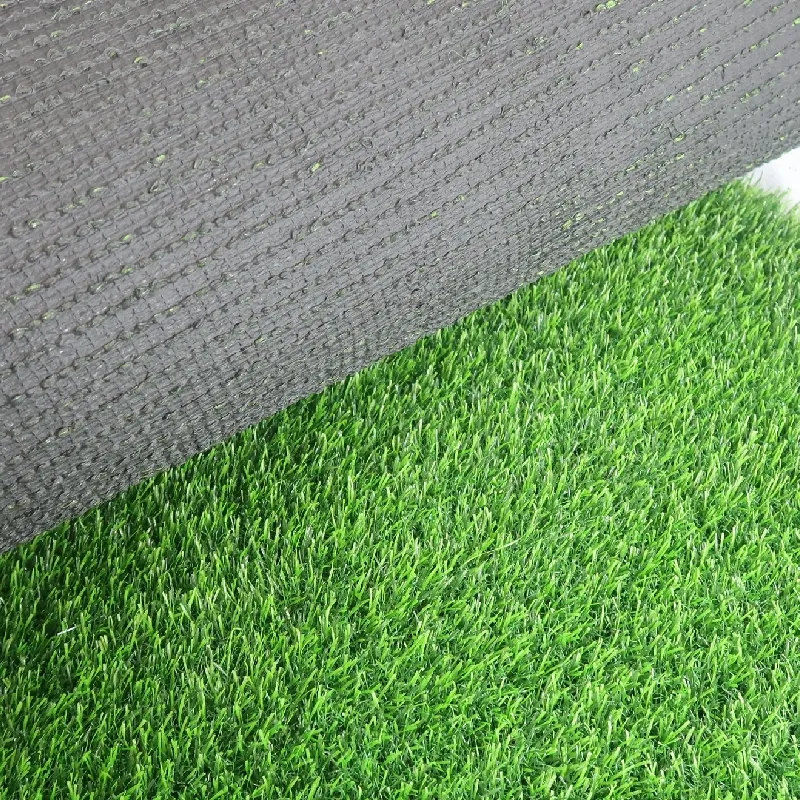
- Afrikaans
- Arabic
- Belarusian
- Bengali
- Czech
- Danish
- Dutch
- English
- Esperanto
- Estonian
- Finnish
- French
- German
- Greek
- Hindi
- Hungarian
- Icelandic
- Indonesian
- irish
- Italian
- Japanese
- kazakh
- Rwandese
- Korean
- Kyrgyz
- Lao
- Latin
- Latvian
- Malay
- Mongolian
- Myanmar
- Norwegian
- Persian
- Polish
- Portuguese
- Romanian
- Russian
- Serbian
- Spanish
- Swedish
- Tagalog
- Tajik
- Thai
- Turkish
- Turkmen
- Ukrainian
- Urdu
- Uighur
- Uzbek
- Vietnamese
commercial artificial turf
Dec . 04, 2024 10:07 Back to list
The Rise of Commercial Artificial Turf A Green Revolution in Landscaping
The use of artificial turf has significantly transformed the landscaping and sports industries over the past few decades. Once thought of as a niche product mainly for sports fields, commercial artificial turf has become a popular choice for various applications, ranging from parks and playgrounds to residential gardens and commercial properties. This surge in popularity can be attributed to several key factors, including sustainability, cost-effectiveness, and versatility.
One of the primary drivers of the adoption of artificial turf is its environmental benefits. Natural grass requires substantial water, fertilizers, and pesticides to maintain its lush green appearance. In contrast, artificial turf eliminates the need for chemical treatments, reducing the environmental footprint of landscaping. With global water scarcity issues escalating, the reduced water consumption associated with artificial turf can lead to significant conservation efforts. This is especially relevant in regions experiencing drought conditions, where maintaining natural grass can strain local water resources.
Moreover, commercial artificial turf products are designed to be durable and low-maintenance. They can withstand heavy foot traffic without suffering the wear and tear that natural grass usually encounters. This durability translates into lower maintenance costs for businesses and property owners. With no need for mowing, reseeding, or extensive irrigation systems, artificial turf significantly decreases the time and resources required for upkeep. For commercial spaces looking to maintain a pristine appearance without additional staffing, this is a compelling benefit.
Furthermore, the versatility of artificial turf has expanded its applications beyond sports fields. It is now widely used in various settings, such as shopping centers, rooftop gardens, and residential backyards. Designers can create aesthetically pleasing landscapes that remain vibrant year-round regardless of weather conditions. The seamless transition of colors and textures found in modern artificial turfs allows for innovative design possibilities, enhancing the visual appeal of public and private spaces.
commercial artificial turf

In addition to its practical advantages, artificial turf is increasingly seen as a safety measure in children's play areas and sports fields. High-quality commercial artificial turf is engineered to have shock-absorbing properties, reducing the likelihood of injuries from falls. This is particularly important in playgrounds where children are at risk of accidents. Furthermore, the material used in artificial turf is often non-toxic, making it a safer alternative to other synthetic materials.
The commercial artificial turf industry is also responding to the growing demand for eco-friendly products. Many manufacturers are now producing turf made from recycled materials, further reducing environmental impact. This focus on sustainability appeals to a growing number of environmentally conscious consumers and organizations seeking green solutions for their landscaping needs.
Despite these advantages, some critics argue against the use of artificial turf, citing concerns about heat retention and the potential for microplastics to enter the environment. However, advances in technology have led to turf products that minimize these issues. For example, many turf products now incorporate reflective materials to reduce heat retention, while manufacturers are implementing measures to limit environmental impact during installation and disposal.
In conclusion, the rise of commercial artificial turf reflects a significant shift in landscaping practices driven by environmental awareness, economic considerations, and design versatility. With continued advancements in technology and sustainability, artificial turf is likely to become an even more integral part of our landscape in the future. As property owners and organizations embrace this green revolution, they contribute not only to a visually appealing environment but also to responsible water management and a healthier planet. The future of landscaping may well be artificial, but its benefits are undeniably real.
-
The Benefits of Artificial Turf for Indoors
NewsJul.15,2025
-
How Artificial Grass Suppliers Ensure Quality Products
NewsJul.15,2025
-
Artificial Grass and Pets: A Space for Relaxation
NewsJul.08,2025
-
Balcony & Outdoor Decoration with Artificial Grass
NewsJul.08,2025
-
Best Indoor Artificial Grass for Home
NewsJul.07,2025
-
Best Pet Turf for Dogs: Safe & Durable Artificial Grass Options
NewsJul.07,2025
Products categories









